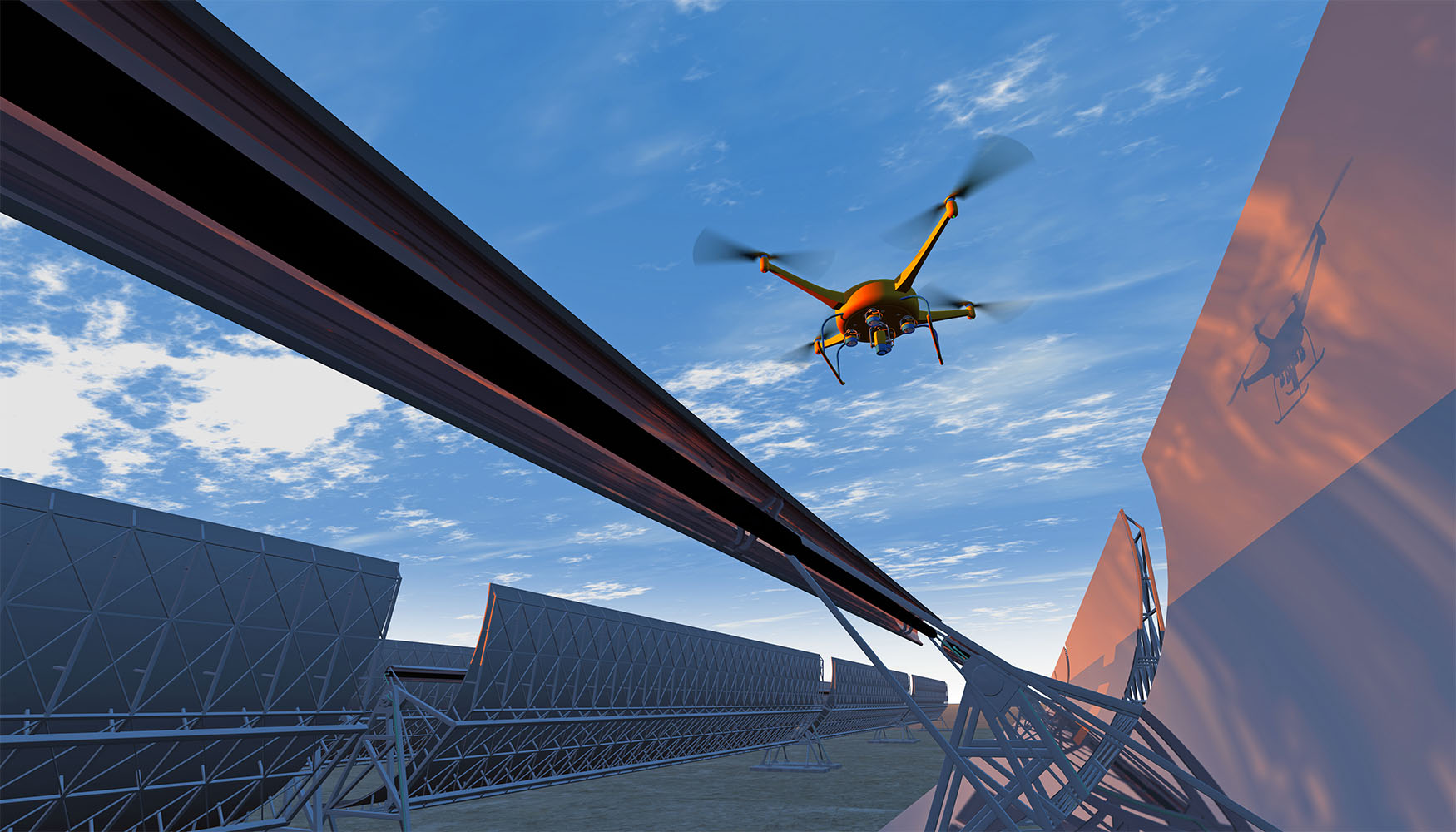European Drone Forum turns focus on the application of drones at scale
Published on 8th December 2021
The Osborne Clarke-sponsored international forum in Cologne brought regulators and the drone industry together to discuss their work and the market's progress over the last two years.

As well as marking the end of the Brexit transition period, 31 December 2020 was the date that Europe became the first region in the world to implement a dedicated regulatory framework for the management of drones and other unmanned aircraft systems.
The regulations on drone design and operations are risk and performance based, with flexibility to cover almost any operation and provide mutual recognition to allow operations to be carried out seamlessly in different parts of the EU.
The European Union Aviation Safety Agency (EASA), the EU's lead aviation authority, anticipates that these regulations will provide the structure and foundation of safety that will facilitate autonomous air taxis to operate in Europe by the end of this decade.
Pandemic lift
It is a familiar concept that robots (which include drones) are at their best when designed to do the dull, dirty or dangerous jobs that humans either do not want to do or cannot do. Drone and unmanned aerial vehicle businesses have capitalised throughout the pandemic on the disruption to workplaces to do just that – by developing services and products to replace manual labour and to assist businesses in optimising operations through drone technology at a time when access to human workers has been problematic.
In the construction and energy industries, in particular, drones are able to carry out inspections faster and more accurately than humans, and many businesses are either already integrating these technologies or are exploring the potential to do so.
Regulators in force
The international conference, which was in person and well attended by regulatory authorities, included presentations from the German government's federal coordinator of aerospace policy, its Federal Ministry of Transport and Digital Infrastructure, and the Federal Office for Civil Aviation. EASA and the European Commission's directorate-general for mobility and transport also gave presentations, as did representatives from the civil aviation authorities of Austria, Italy, France and Switzerland.
The Commission's representative at the conference spoke about the EU's drone strategy, and how this fast-developing industry and its technologies are linked to the creation of skilled and technical jobs. However, alongside this, there is a need to maintain safety and security in drone design and operational management. Osborne Clarke's speakers addressed the issue of product safety and IT security in unmanned aviation.
Presentations also considered regulatory approvals for complex drone operations. The EU's drone regulations are flexible, with requirements and costs defined by the types of operations that businesses want to carry out. EASA intends for the complexity of regulatory approvals to be proportionate to the risks presented by operations, which will open the market for new opportunities and facilitate experimentation while maintaining safety.
For the most complex or high-risk operations, specific authorisations are required: for instance, if a business wishes to carry out activities beyond visual line of sight (BVLOS), a key safety criterion. The intrinsic risks of an operation involving drones will proportionally increase the safety contributions and procedures necessary for authorisation; similarly, safe processes will decrease operational limitations.
The U-space solution
One of the major stepping stones for drone technology to become as ubiquitous as traditional mobility and logistics solutions is the establishment of shared air traffic. A solution to this is the U-space (the "U" stands for urban), a framework to support the safe access to airspace for large numbers of unmanned aircraft. A key element of unmanned aviation is the integration of air traffic, rather than having segregated airspace for drones and traditional manned aviation systems.
The intention of Europe's aviation authorities is to build an infrastructure framework which improves safety and allows for light-touch regulatory authorisations, instead of the highly involved current processes for the approval of sophisticated drone operations. In turn, this will encourage social acceptance and greater adoption of the technologies, a major element of the Commission's objective to promote sustainable and smart mobility.
The U-space system will rely on a high level of digitalisation and the automation of historically analogue functions of air traffic management. For example, a harmonised U-space will require network identification, geo-awareness, traffic and weather monitoring services in order to enable seamless flight authorisations.
Osborne Clarke comment
Non-regulator presenters at the recent international conference emphasised the need to take into account the limited resources of many UAS (unmanned aircraft systems) manufacturers, operators and even some authorities.
The unmanned aviation sector is not the traditional aerospace industry and, comparatively, there is a very low barrier to entry for businesses to build their first drone model. Future regulatory developments will, therefore, need to ensure that the framework is not overly demanding or complex, or the Commission will risk hindering the development of the drone industry in Europe.
Despite the relatively short time period for operational authorisations at the moment, the framework is still more complex and time constraining than other options for carrying out tasks, such as traditional helicopters or cranes. This will become more of a constraint as the industry continues to develop and grow throughout the decade.
If you would like to speak to one of our experts about developing drone systems, starting to carry out drone operations, or expanding the use of drones in your business, please reach out to the contacts below.




